Vietnam’s CEOs 2026 outlook
Dec 17, 2025
Vietnam’s CEOs close 2025 with measured optimism amid global uncertainty As 2025 draws to a
Vietnam PMI November 2025 – manufacturing purchasing managers index
Cimigo Vietnam market research has collected the Vietnam PMI – manufacturing purchasing managers index since 2013. S&P Global compiles the Vietnam PMI S&P Global from responses to monthly questionnaires sent to purchasing managers in a panel of around 400 manufacturers.
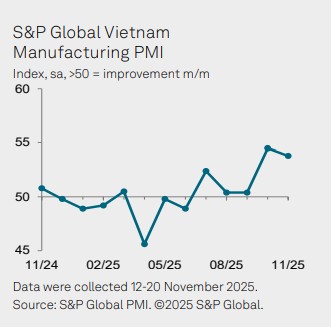
November data pointed to sustained growth in the Vietnamese manufacturing sector. Output, new orders and employment all continued to rise, despite reports of disruption caused by severe storms which impacted supply chains and the ability of manufacturers to complete work on time.
Supply issues as a result of the storms also contributed to inflationary pressures, with input costs up sharply and firms raising their selling prices as a result.
The S&P Global Vietnam Manufacturing Purchasing Managers’ Index™ (PMI®) posted 53.8 in November, down slightly from 54.5 in October but still signalling a solid monthly improvement in business conditions in the manufacturing sector. Operating conditions have now strengthened in five consecutive months.
A third successive monthly increase in new orders helped to drive production growth again in November, although ratesof expansion in both output and new business eased from October. New export orders, meanwhile, increased at a faster pace, with the rate of growth quickening to a 15-month high. Panellists noted improving demand from mainland China and India in particular.
Some firms reported that stormy weather conditions during November had limited production growth, but output nonetheless increased for the seventh month running. The severe weather conditions mainly impacted supply chains and the ability of manufacturers to complete work on time. Suppliers’ delivery times lengthened markedly, and to the largest extent since May 2022.
Meanwhile, firms posted a rise in their backlogs of work for the second consecutive month. Moreover, the rate of accumulation was the sharpest since March 2022. Outstanding business accumulated despite a second successive monthly rise in employment as firms responded to higher output requirements. Staffing levels increased modestly, but to the largest extent in almost a year-and-a-half.

According to respondents, new staff were often hired on a full-time basis. In some cases, manufacturers used existing inventories to help fulfil orders, resulting in a further reduction in stocks of finished goods, and one that was more pronounced than in the previous survey period.
Another impact of the storms was to contribute to higher costs for raw materials as supply was restricted. Input prices increased sharply, and at the second-fastest pace since July 2024, despite the pace of inflation easing from October. The rate of output price inflation also softened in November, but remained solid as firms passed on higher input costs to their customers.
Firms increased their purchasing activity for the fifth month running in November as output requirements rose. Moreover, the rate of expansion quickened to a four-month high. Stocks of inputs also increased, accumulating for the second successive month. The rise was only slight, however, as inputs were often used to support production.
Expected improvements in new orders and hopes for calmer weather conditions supported optimism in the year-ahead outlook for output. Close to half of respondents predicted a rise in production, with overall sentiment hitting a 17-month high.
Vietnam PMI Approach
The S&P Global Vietnam Manufacturing PMI® is compiled by S&P Global from responses to monthly questionnaires sent to purchasing managers in a panel of around 400 manufacturers. The panel is stratified by detailed sector and company workforce size, based on contributions to GDP.
Survey responses are collected by Cimigo Vietnam in the second half of each month and indicate the direction of change compared to the previous month. A diffusion index is calculated for each survey variable. The index is the sum of the percentage of ‘higher’ responses and half the percentage of ‘unchanged’ responses.
The indices vary between 0 and 100, with a reading above 50 indicating an overall increase compared to the previous month, and below 50 an overall decrease. The indices are then seasonally adjusted.


Vietnam’s CEOs 2026 outlook
Dec 17, 2025
Vietnam’s CEOs close 2025 with measured optimism amid global uncertainty As 2025 draws to a

The new Vietnamese shopper
Dec 10, 2025
Vietnamese shoppers are transforming at breakneck speed. Once brand-loyal and largely offline,

Tet in Vietnam: How can brands win for Tet 2026?
Oct 23, 2025
How can brands win for Tet 2026? How can brands win for Tet 2026? Tet (Lunar New Year) is the most

Lisa Nguyen - Vietnam Marketing Lead

Mark Ratcliff - Managing Director
The team at Cimigo are my favourite researchers in South East Asia. They’ve proved adept at tackling the most private and complex personal issues at qualitative research level, not flinching when the client endlessly chopped and changed fieldwork timing, or ramped up the workload without warning. They have recruited the most extraordinarily niche consumers without pause or complaint. Their patience with clients and their flexibility and hard work that went above and beyond what was initially asked of them on two projects relating to sexual behaviour means there is now no other research company we would choose to work with in that part of Asia. The fact they also pulled off a third project for us so well, on men’s relationship with beer and beer advertising, shows they have breadth of expertise— we still quote from the report they produced.
The team at Cimigo are my favourite researchers in South East Asia. They’ve proved adept at tackling the most private and complex personal issues at qualitative research level, not flinching when the client endlessly chopped and changed fieldwork timing, or ramped up the workload without warning. They have recruited the most extraordinarily niche consumers without pause or complaint. Their patience with clients and their flexibility and hard work that went above and beyond what was initially asked of them on two projects relating to sexual behaviour means there is now no other research company we would choose to work with in that part of Asia. The fact they also pulled off a third project for us so well, on men’s relationship with beer and beer advertising, shows they have breadth of expertise— we still quote from the report they produced.

Kevin McQuillan - Chief Marketing Officer
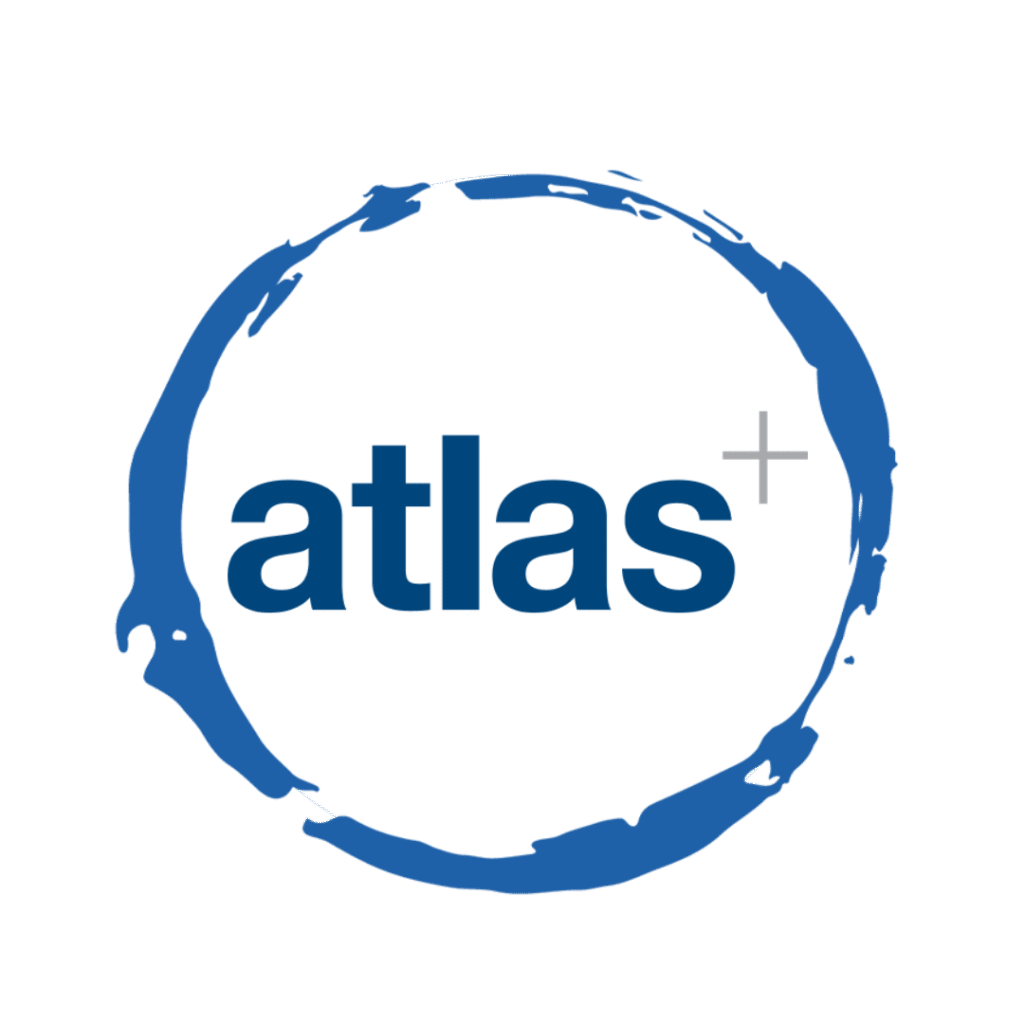
Sam Houston - Chief Executive Officer

Minh Thu - Consumer Market Insights Manager
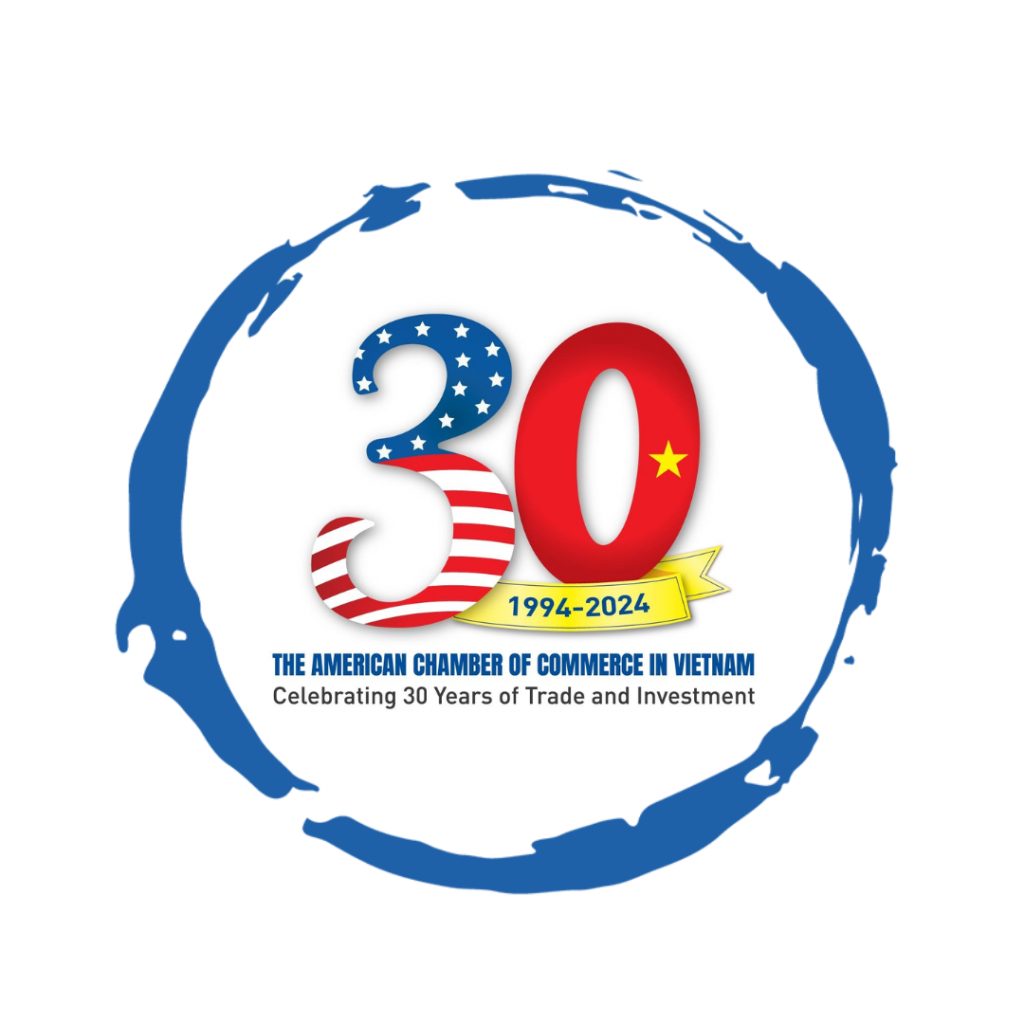
Travis Mitchell - Executive Director
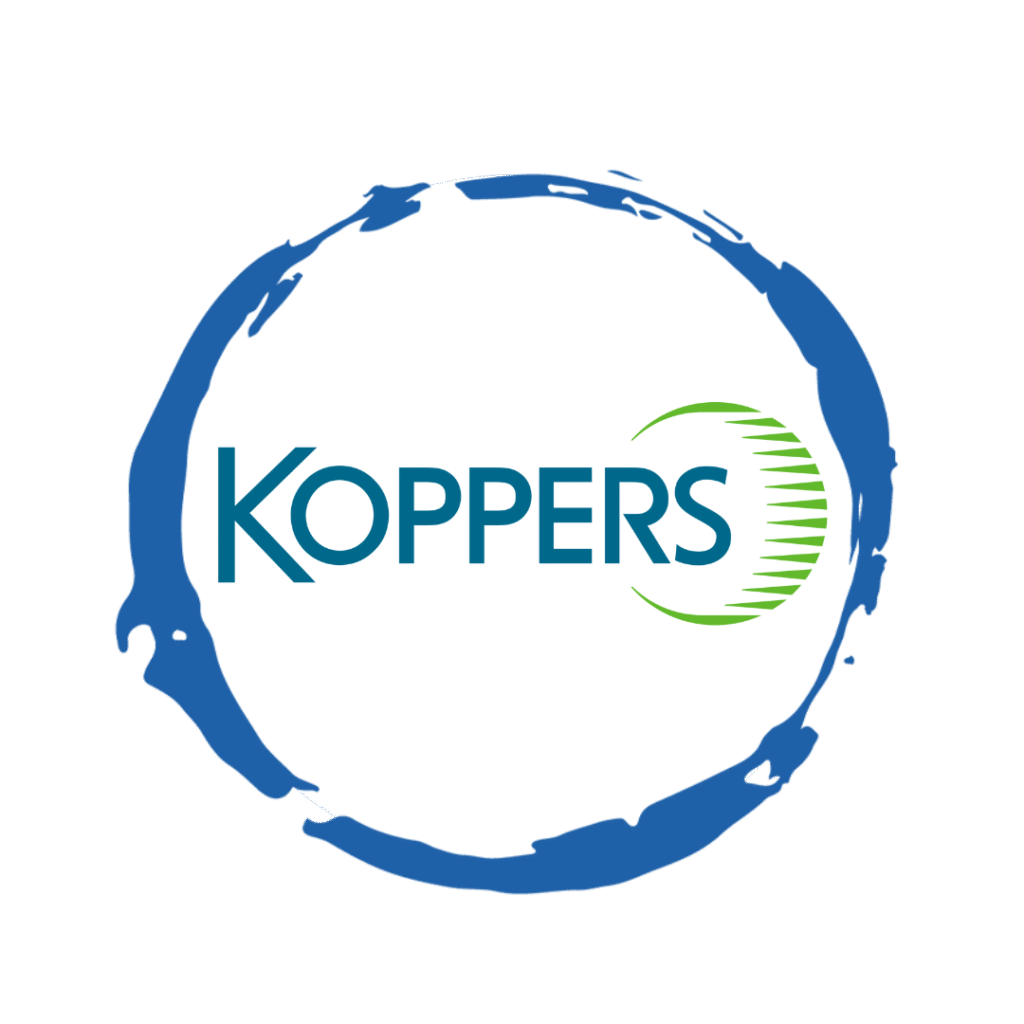
Malcolm Farmer - Managing Director
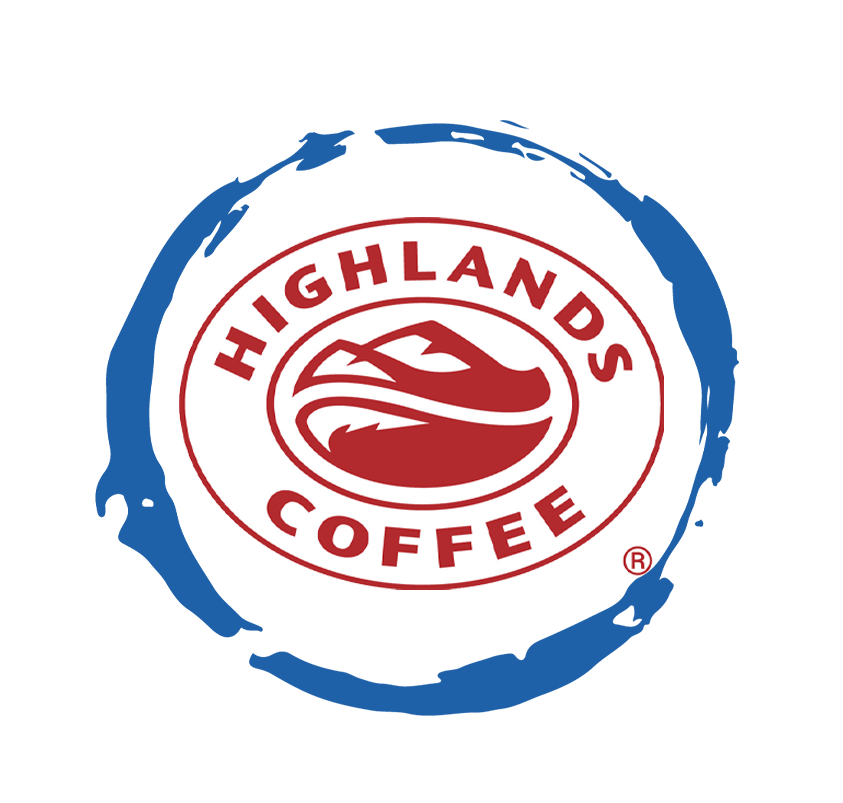
Hy Vu - Head of Research Department
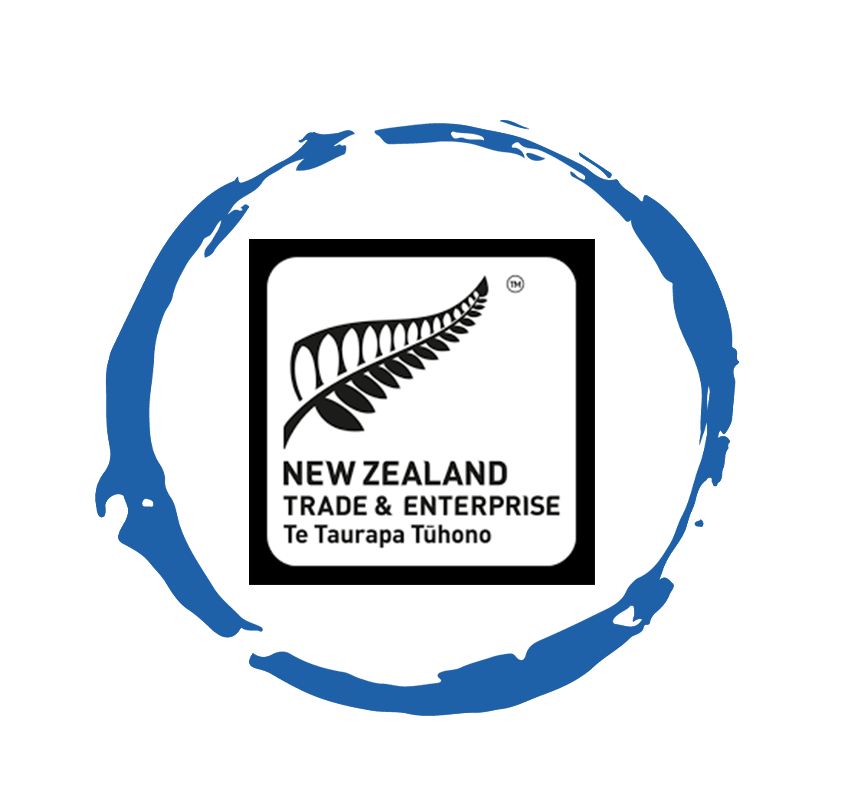
Joe Nelson - New Zealand Consulate General
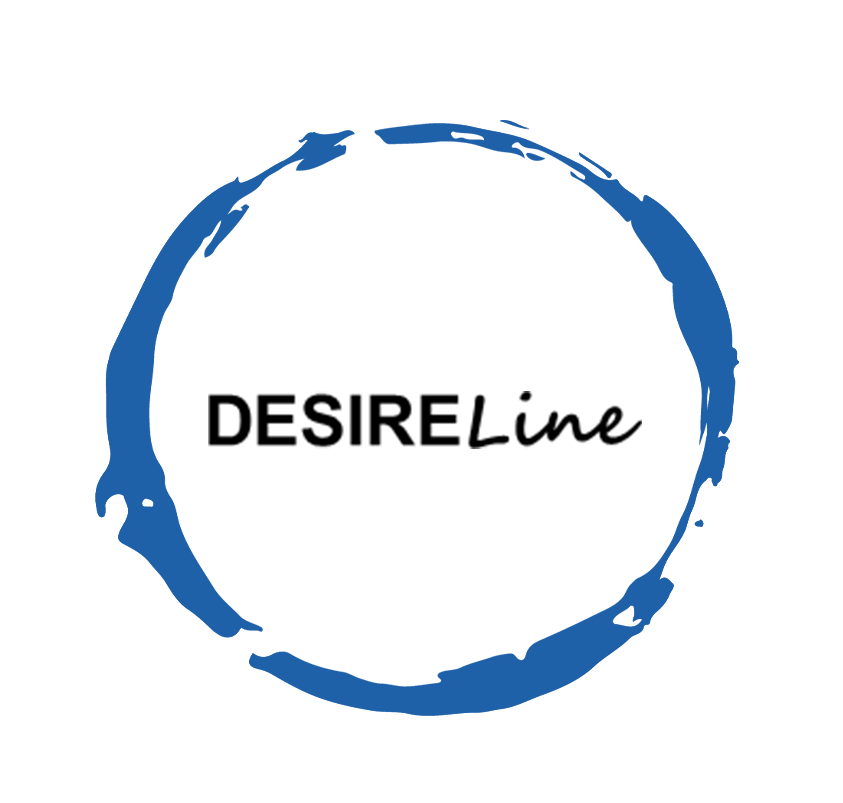
Steve Kretschmer - Executive Director
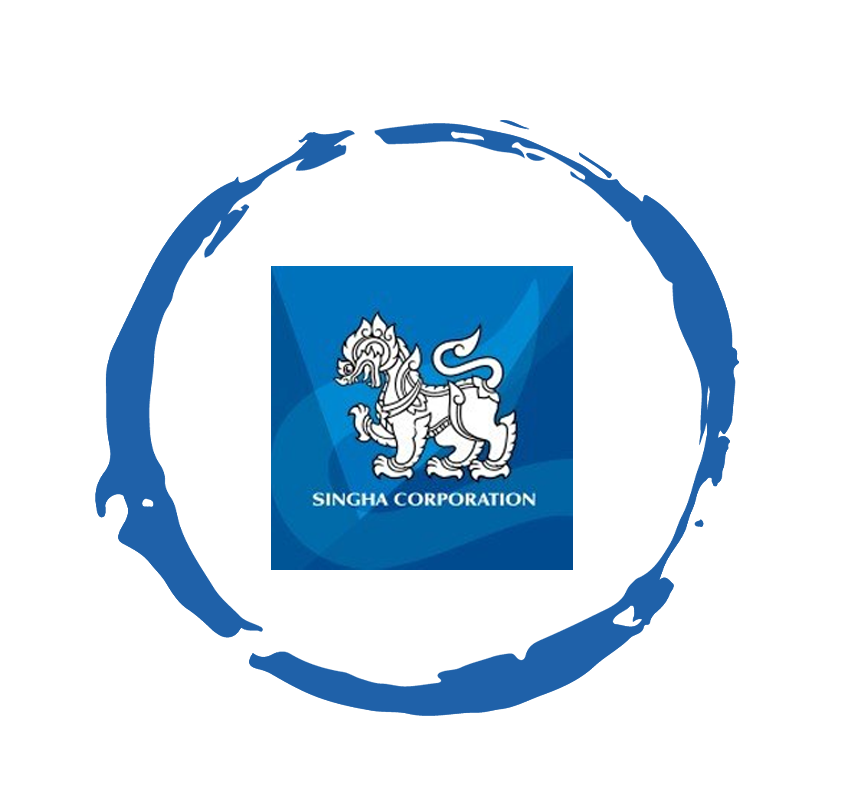
York Spencer - Global Marketing Director

Laura Baines - Programmes Snr Manager
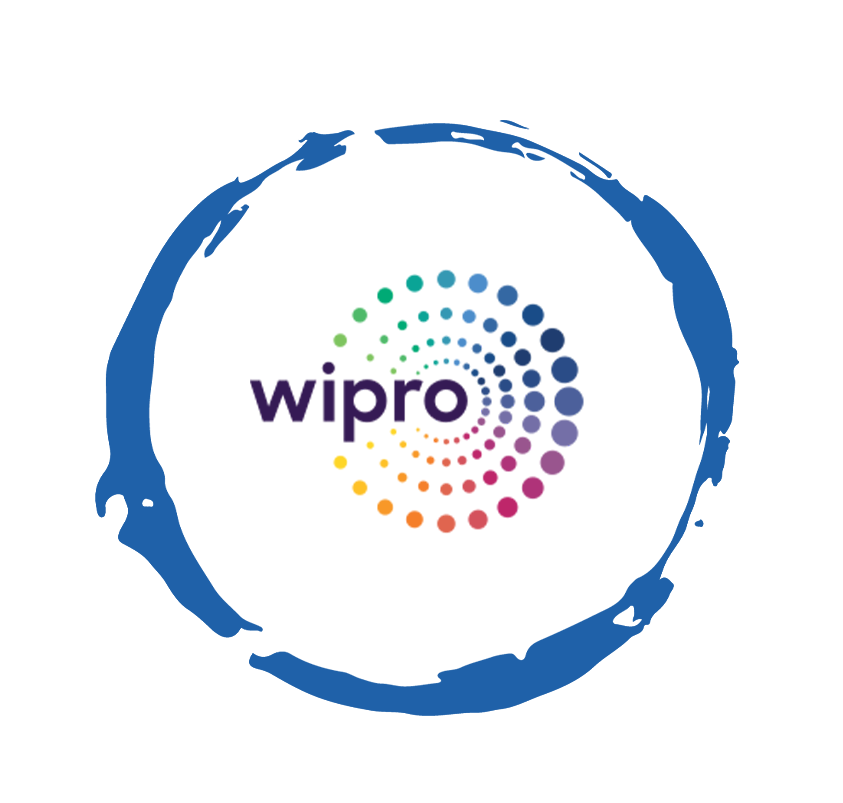
Mai Trang - Brand Manager of Romano

Hanh Dang - Product Marketing Manager
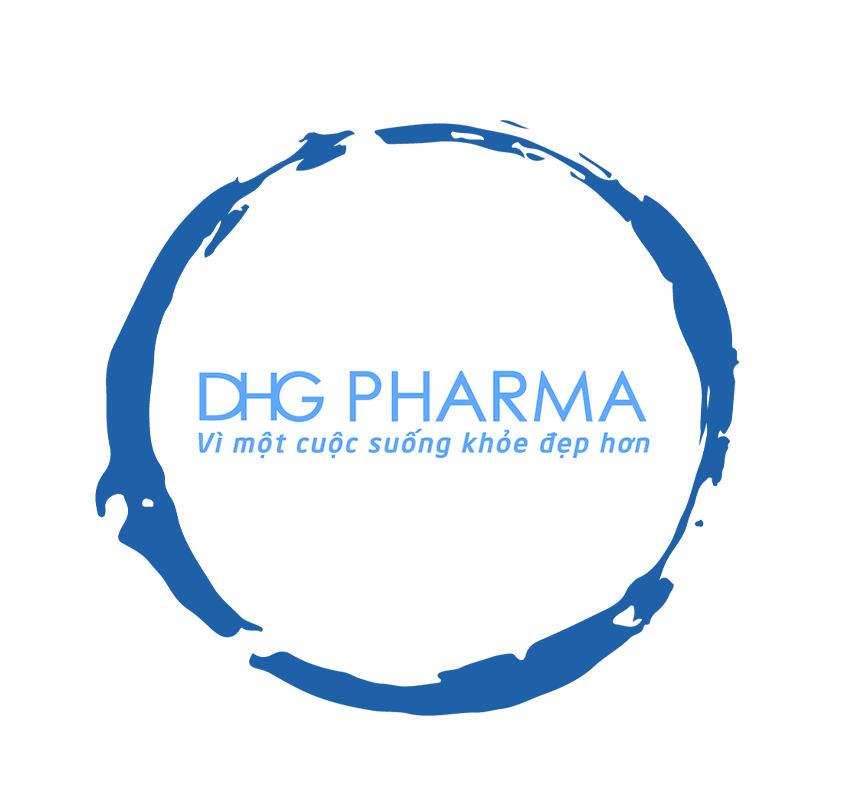
Luan Nguyen - Market Research Team Leader
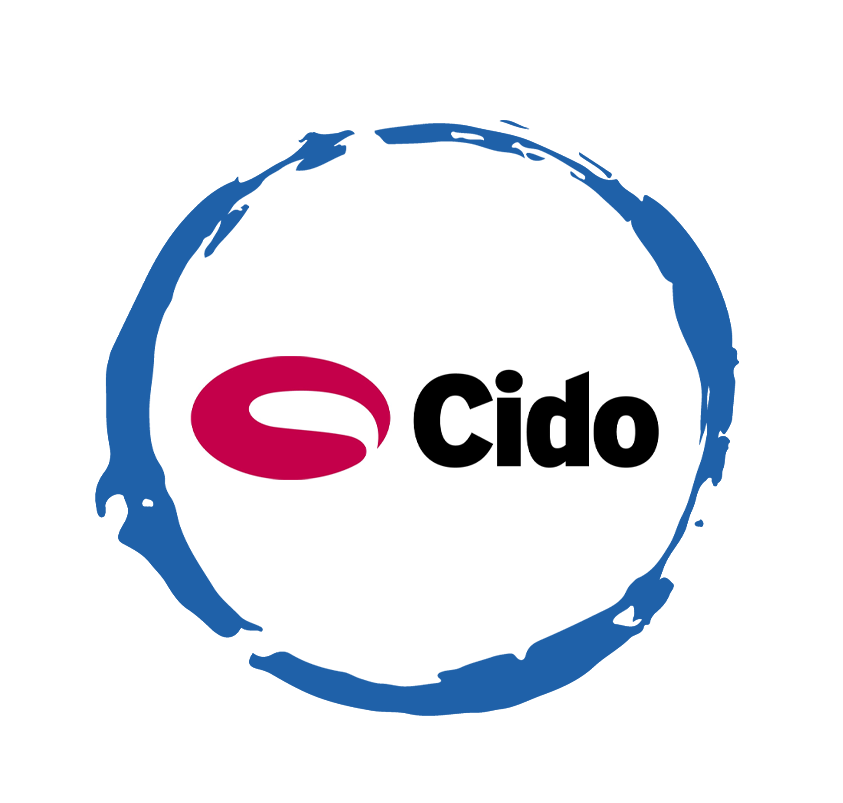
Max Lee - Project Manager
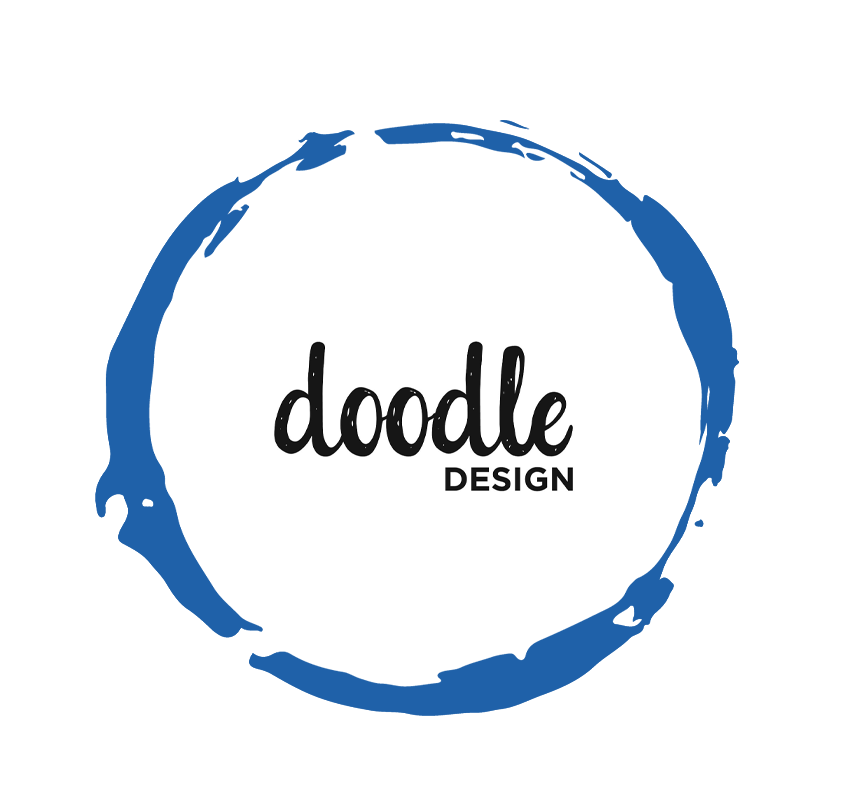
Chris Elkin - Founder
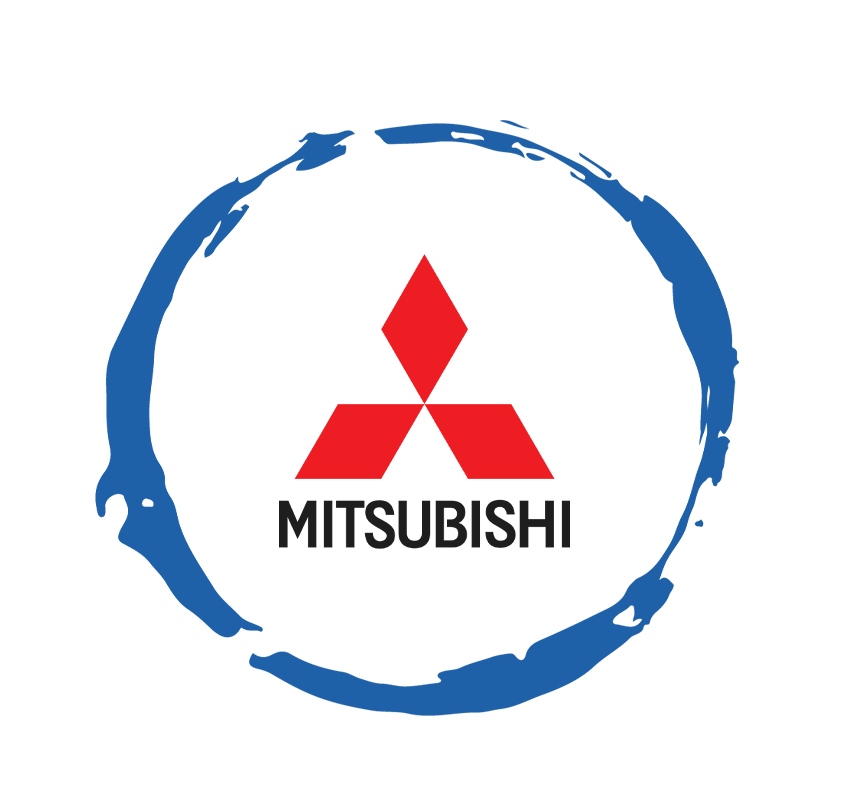
Ronald Reagan - Deputy Group Head After Sales & CS Operation
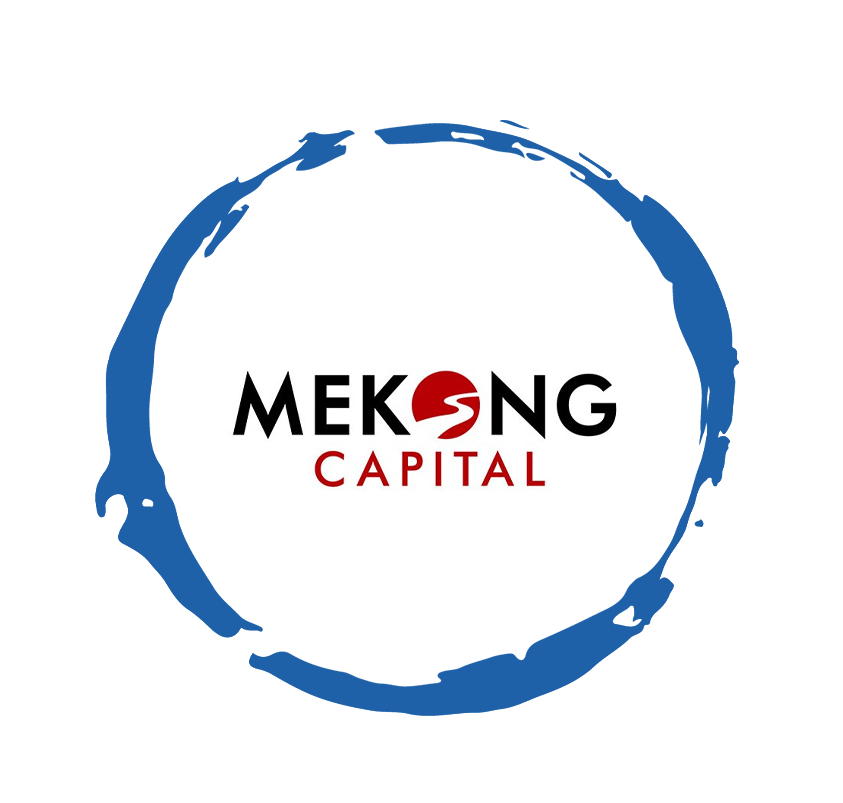
Chad Ovel - Partner

Private English Language Schools - Chief Executive Officer
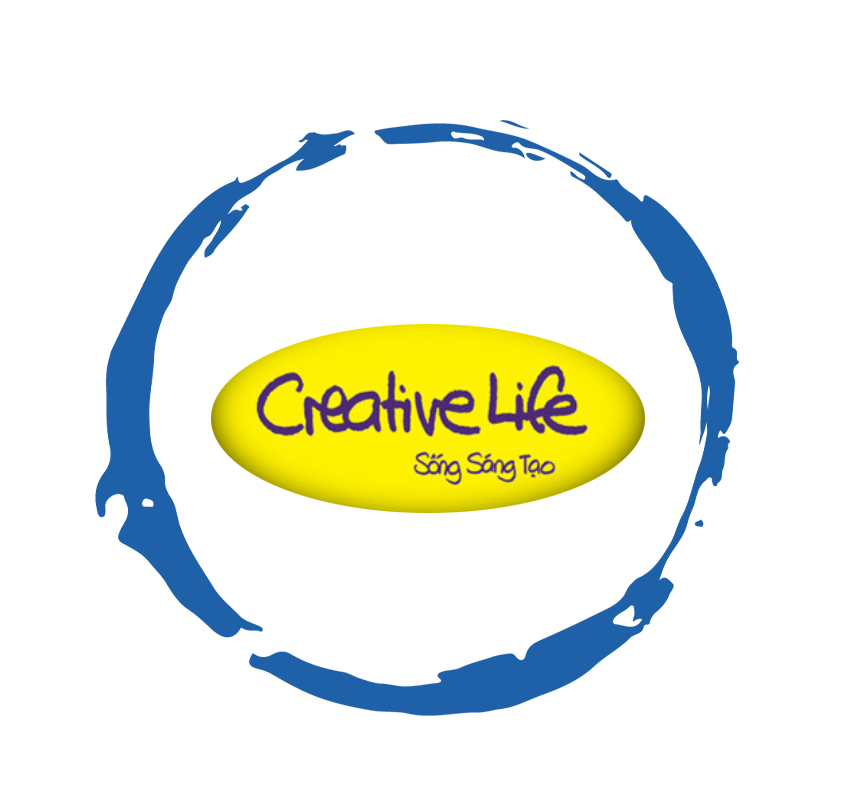
Rick Reid - Creative Director

Anya Nipper - Project Coordination Director

Dr. Jean-Marcel Guillon - Chief Executive Officer
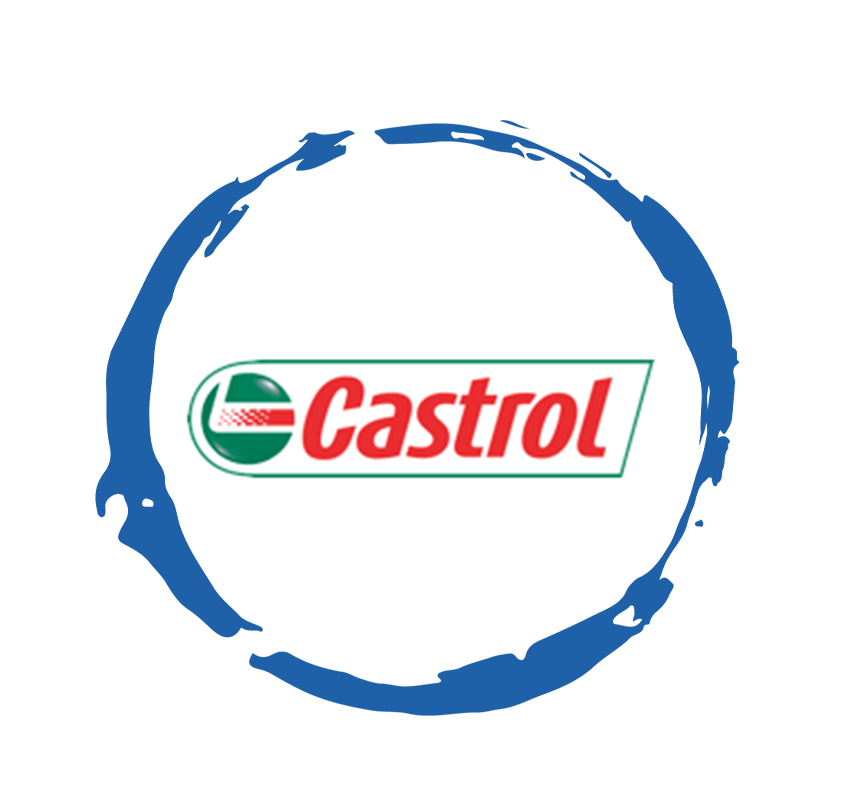
Joyce - Pricing Manager
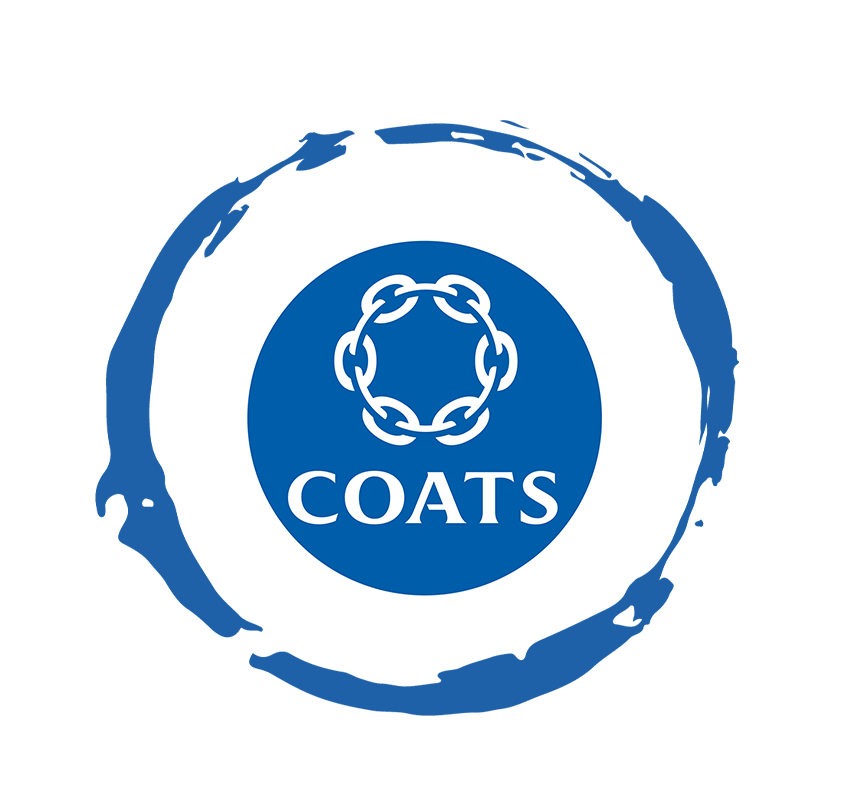
Matt Thwaites - Commercial Director
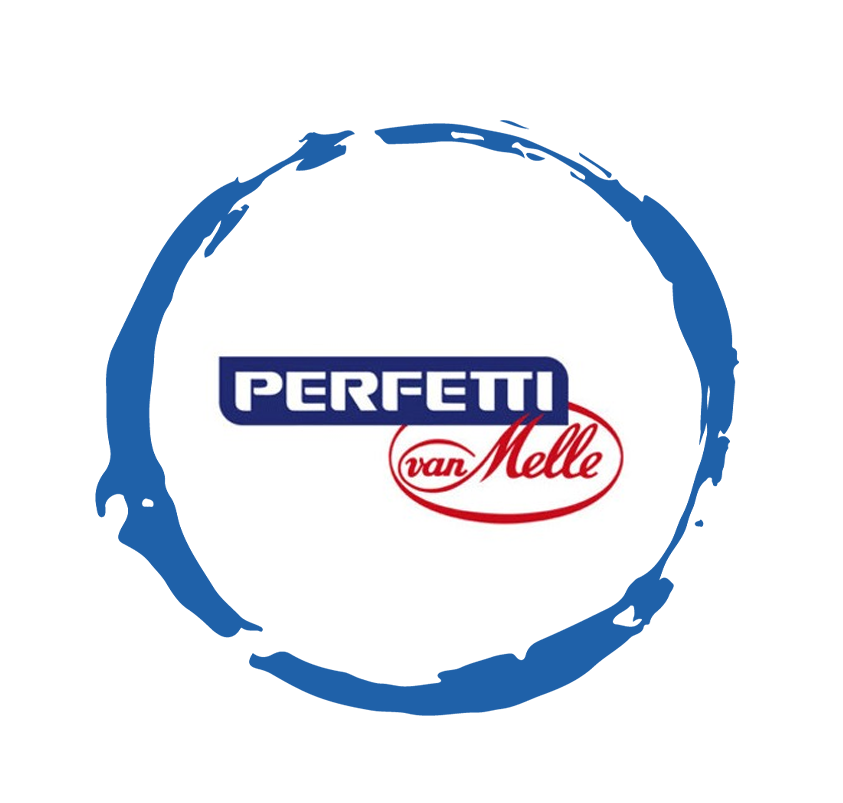
Aashish Kapoor - Head of Marketing

Kelly Vo - Founder & Host
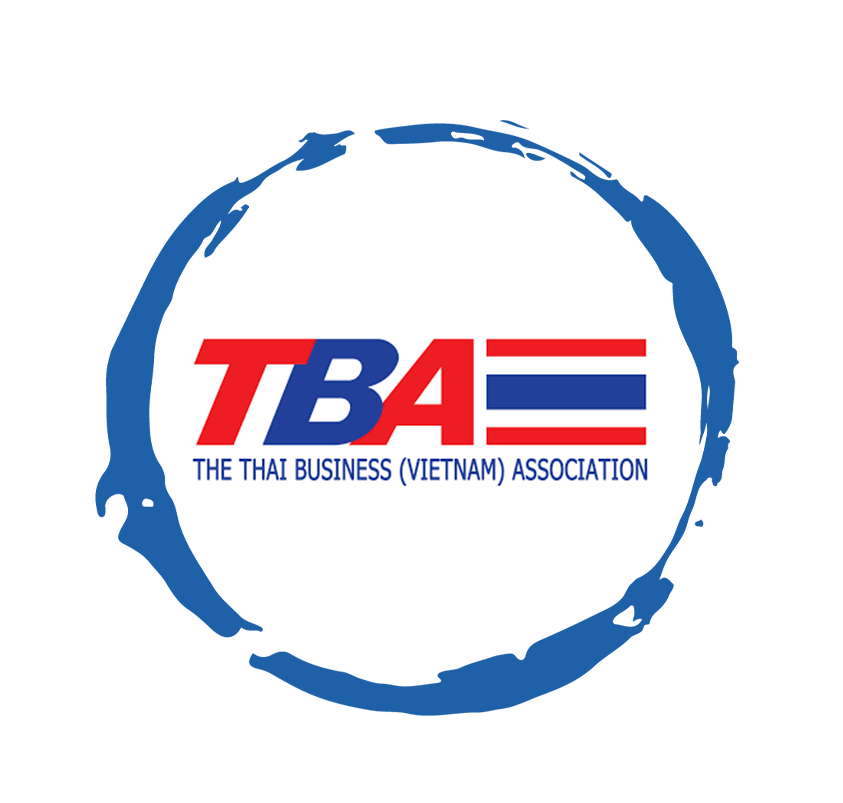
Thanyachat Auttanukune - Board of Management
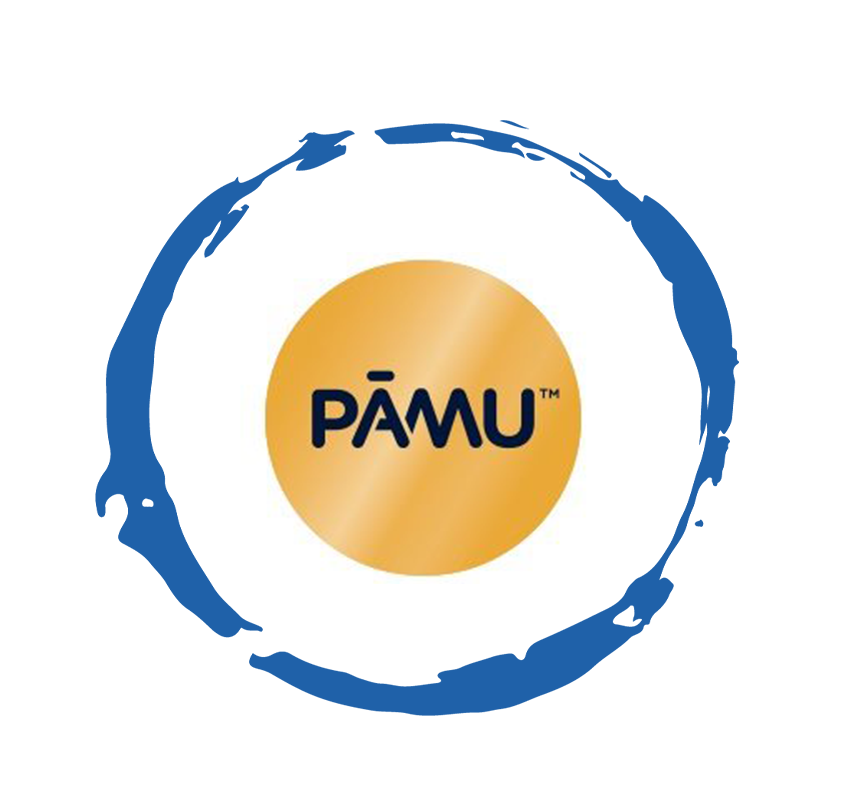
Hamish Glendinning - Business Lead

Thuy Le - Consumer Insight Manager
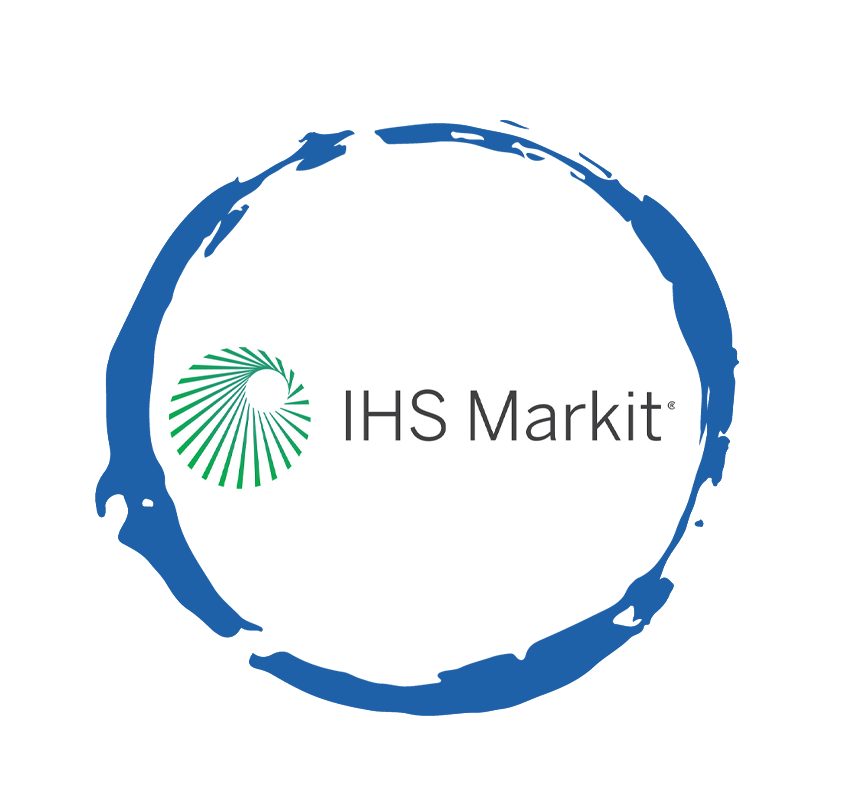
Richard Willis - Director

Ha Dinh - Project Lead
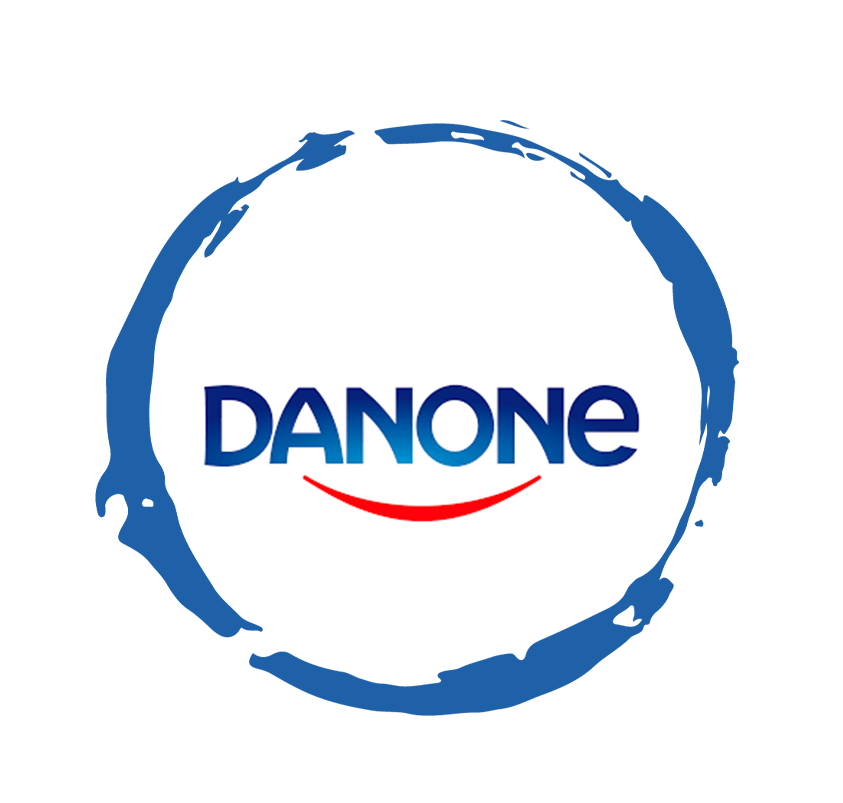
Geert Heestermans - Marketing Director
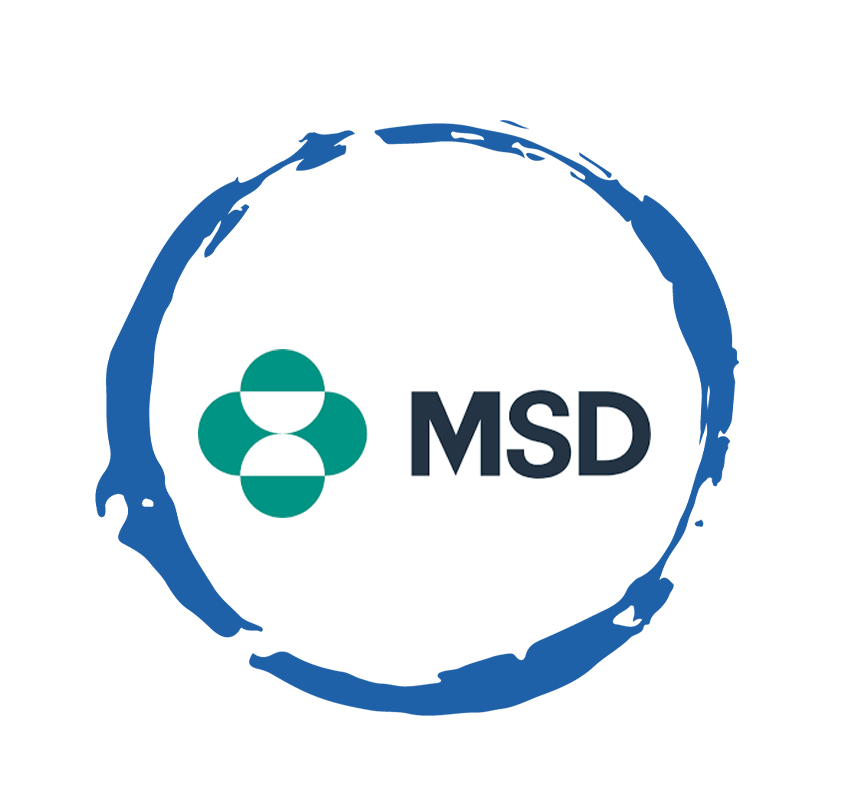
Vo Thi Thuy Ha - Commercial Effectiveness

Louise Knox - Consumer Technical Insights

Aimee Shear - Senior Research Executive
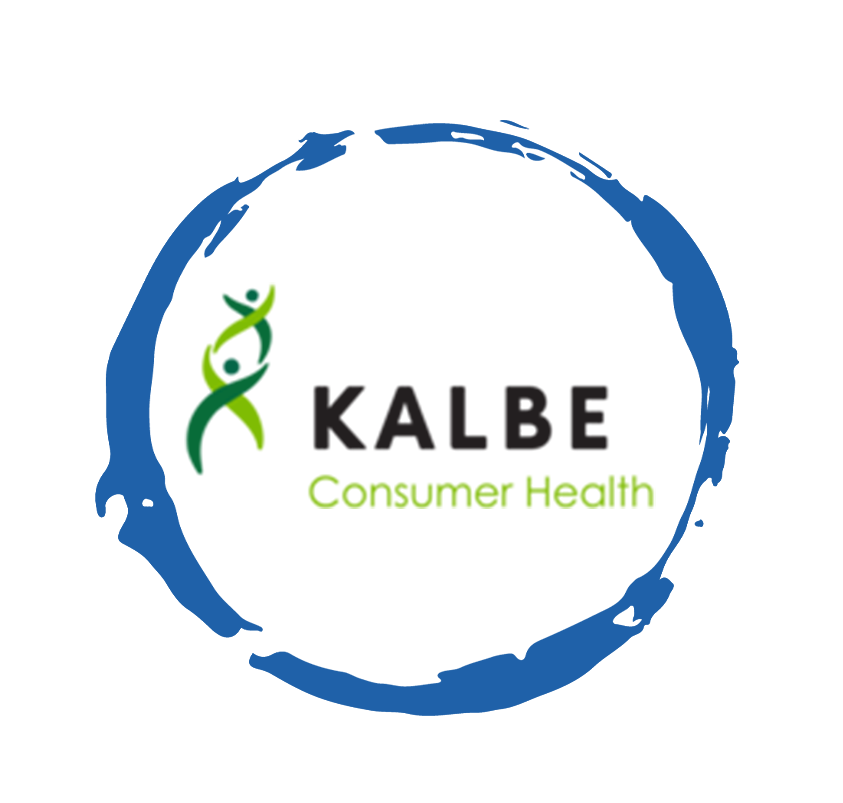
Dennis Kurnia - Head of Consumer Insights

Tania Desela - Senior Product Manager
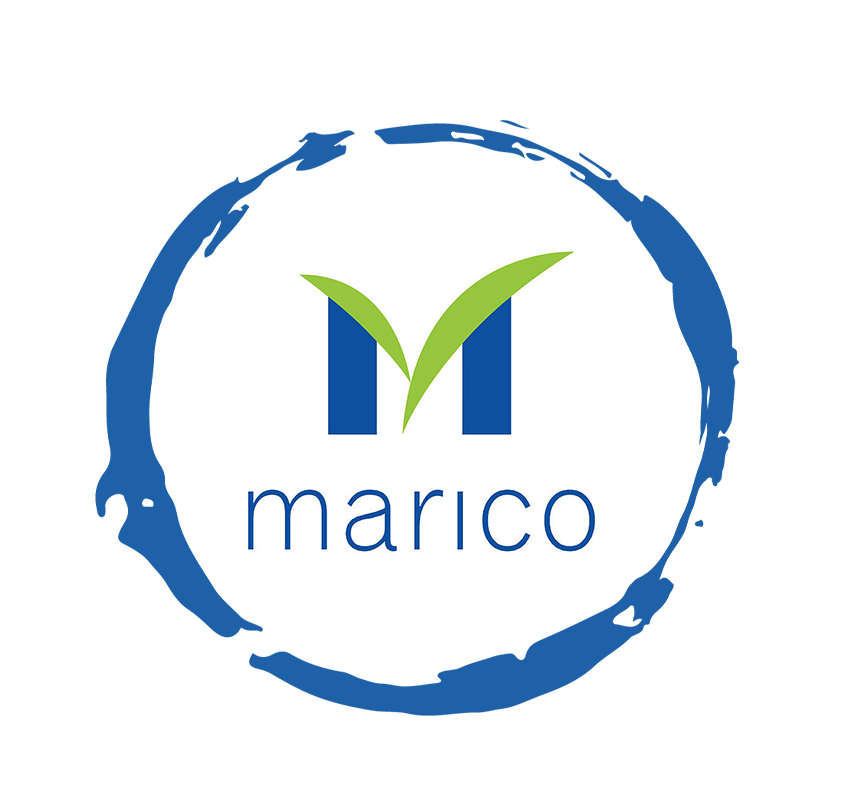
Thu Phung - CTI Manager
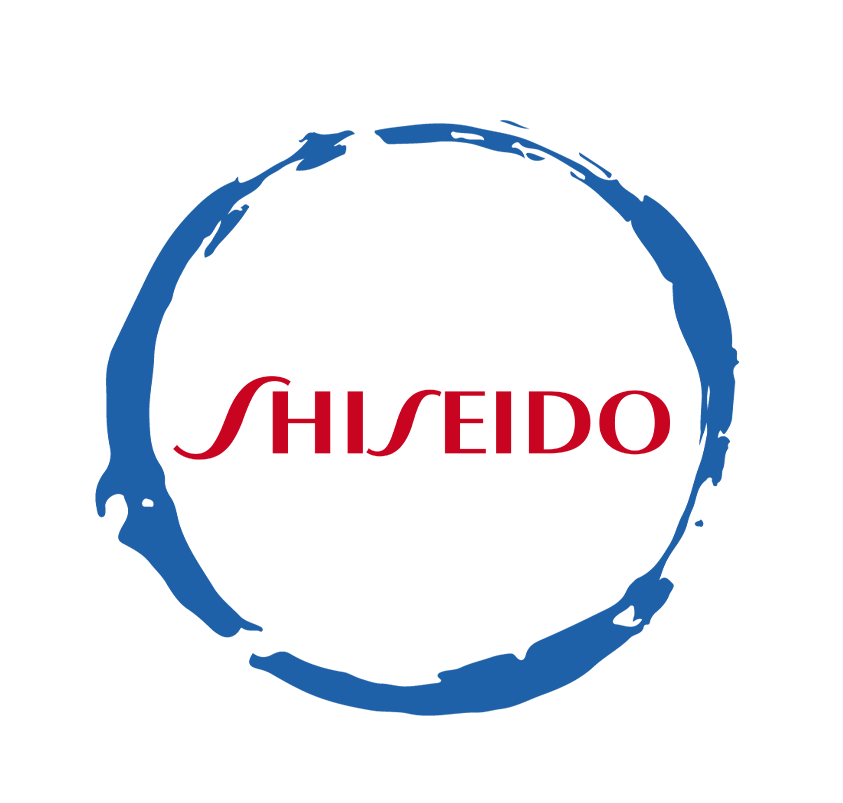
Linda Yeoh - CMI Manager

Cimigo’s market research team in Vietnam and Indonesia love to help you make better choices.

Cimigo provides market research solutions in Vietnam and Indonesia that will help you make better choices.

Cimigo provides a range of consumer marketing trends and market research on market sectors and consumer segments in Vietnam and Indonesia.

Cimigo provides a range of free market research reports on market sectors and consumer segments in Vietnam and Indonesia.
Please enter the information for free download.
The report will be sent to your email.
When downloading our reports, you agree to be contacted for marketing purposes.
Xin cảm ơn. Một email kèm với đường dẫn tải báo cáo đã được gửi đến bạn.
Vui lòng điền thông tin vào biểu mẫu bên dưới để tải về báo cáo miễn phí.
Báo cáo sẽ được gửi vào email bạn điền ở bên dưới.
Khi tải xuống các báo cáo của chúng tôi, bạn đồng ý được liên hệ cho mục đích tiếp thị.
Please enter the information for free download.
The report will be sent to your email.
When downloading our reports, you agree to be contacted for marketing purposes.
